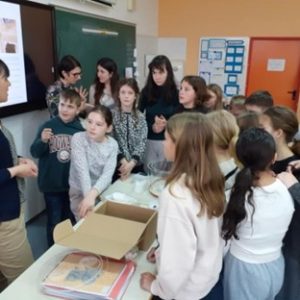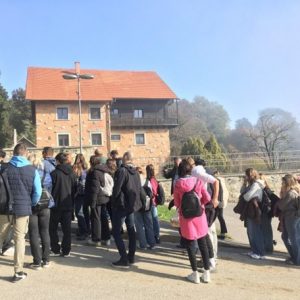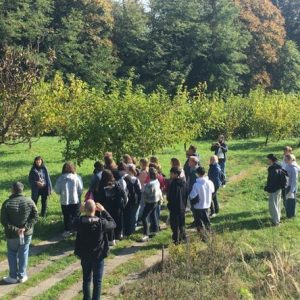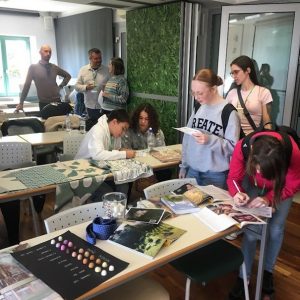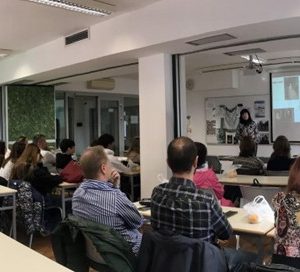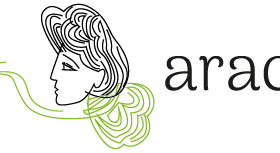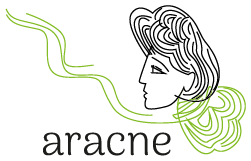A unique learning experience has come to life at Primary School Franc Lešnik-Vuk Slivnica, where 10-year-old students are being introduced to the fascinating world of silkworm rearing. This initiative is carried out under the guidance of a team from the Faculty of Agriculture and Life Sciences, University of Maribor (FALS UM).
On March 14, the faculty received a silkworm rearing educational kit developed by the CREA Sericultural Laboratory in Padua, designed to teach children how to rear silkworm larvae in a classroom environment. Just a week later—over the weekend—the first tiny silkworms began to hatch. By Wednesday, March 26, the silkworms were brought to the school, where pupils were introduced to the full lifecycle of the silkworm. Through interactive, hands-on activities, they learned about rearing techniques, feeding routines, and the metamorphosis from larvae to cocoon.
Instead of fresh mulberry leaves, the silkworms are being fed a specially formulated artificial diet developed by CREA, making the rearing process more manageable in a school environment. Over the next month, the students will care for their new classroom companions—observing, documenting, and supporting their development all the way to cocoon formation.
The school is no stranger to caring for living creatures. As an active participant in the Erasmus+ Programme »Think green!«, with its beekeeping club and experienced teacher who is beekeeper, this school-rearing activity builds naturally on existing knowledge and enthusiasm.
The collaboration with school began in October during an Erasmus+ exchange visit, when teachers from different European countrieswere hosted at the Primary School. As part of their visit to the Faculty of Agriculture and Life Sciences, we introduced them to the ARACNE project and our mulberry collection. Inspired by this colaboration, the idea of involving students in silkworm rearing took shape.
In subsequent discussions, it emerged that the partner schools from Spain, Portugal, and Romania are also engaged in silkworm rearing activities—demonstrating how silkworms can foster international collaboration and create meaningful connections between researchers, teachers, and students across borders.
Andreja Urbanek Krajnc and Tina Lešnik
(Faculty of Agriculture and Life Sciences, University of Maribor)
Presentation of the silkworm rearing kit at school: students curiously observe the box with small caterpillars while she explains their care and developmental stages

